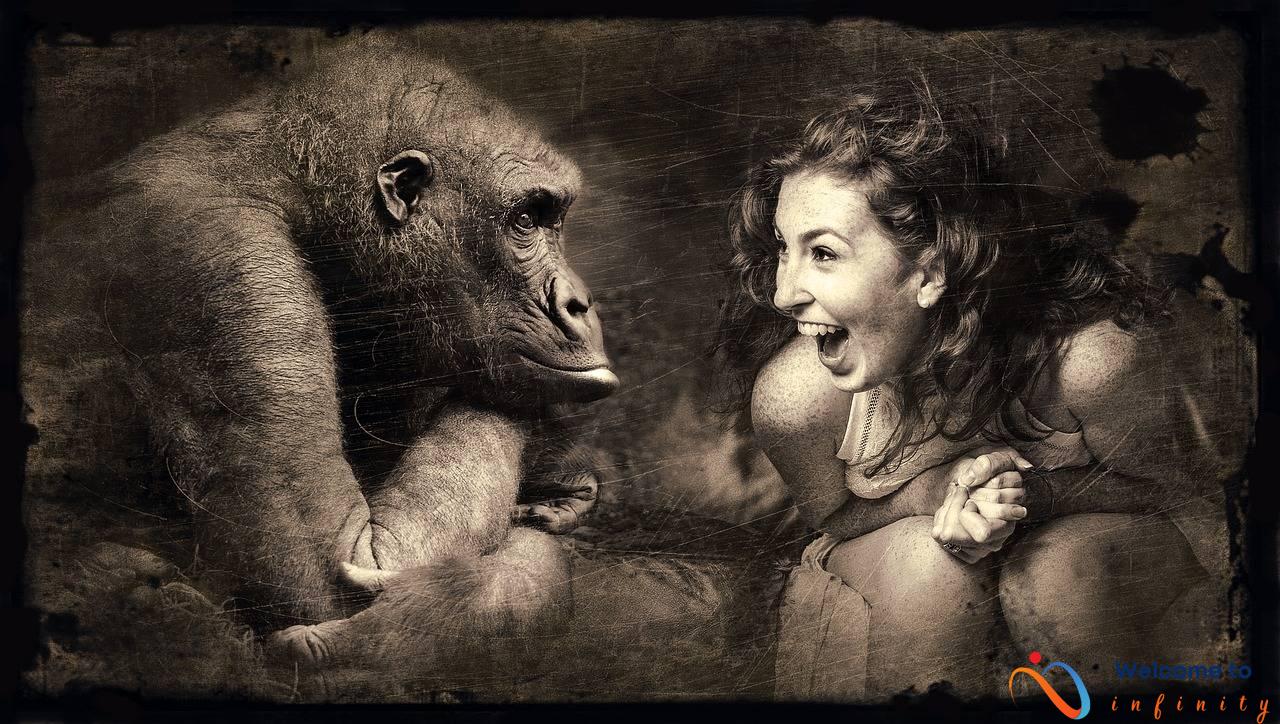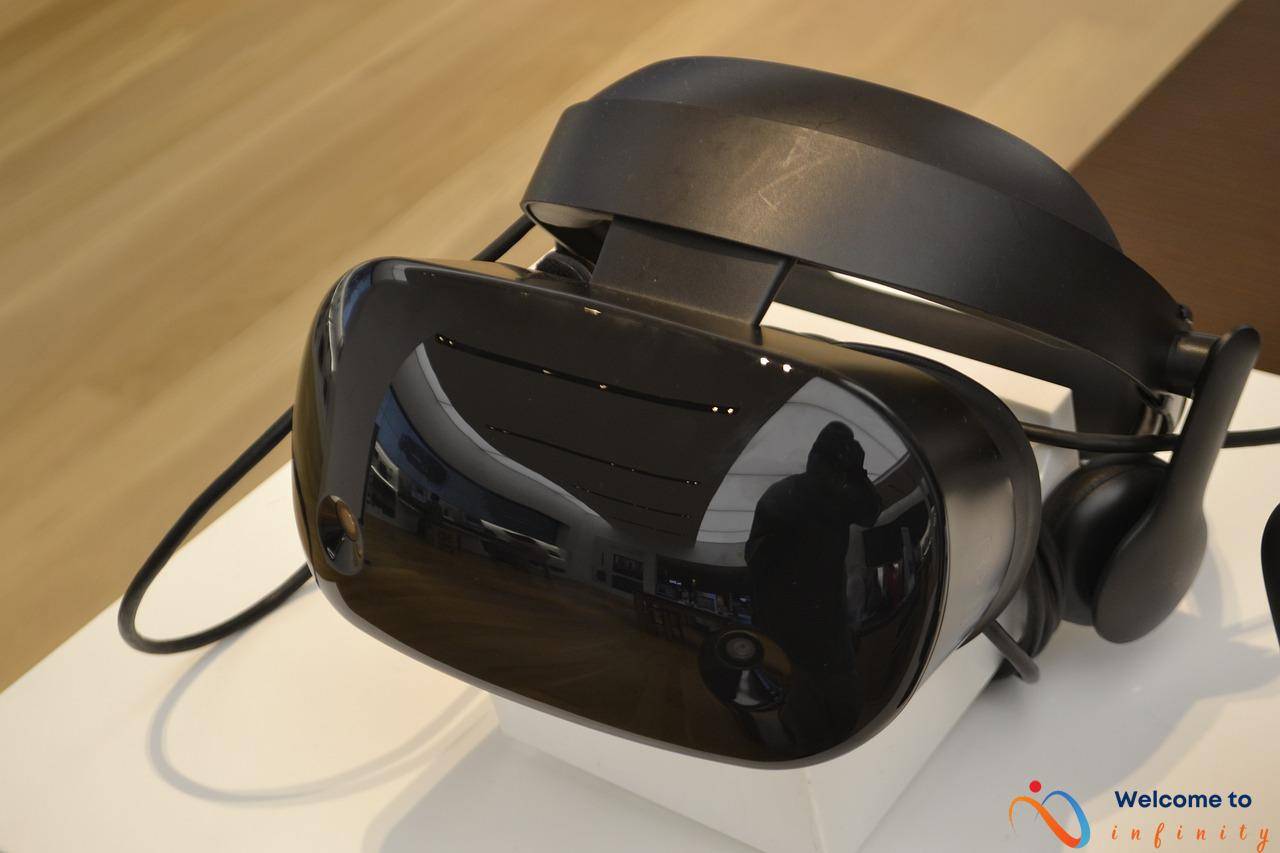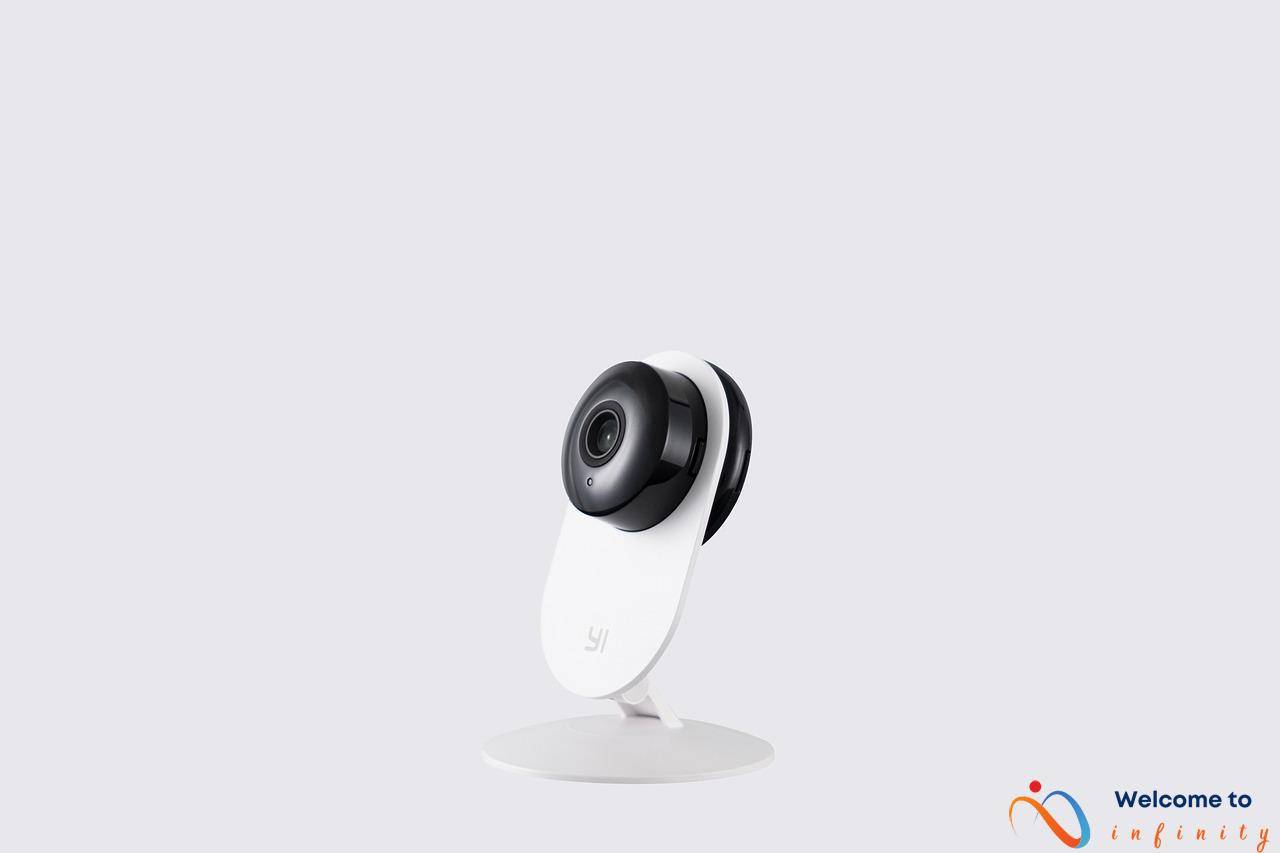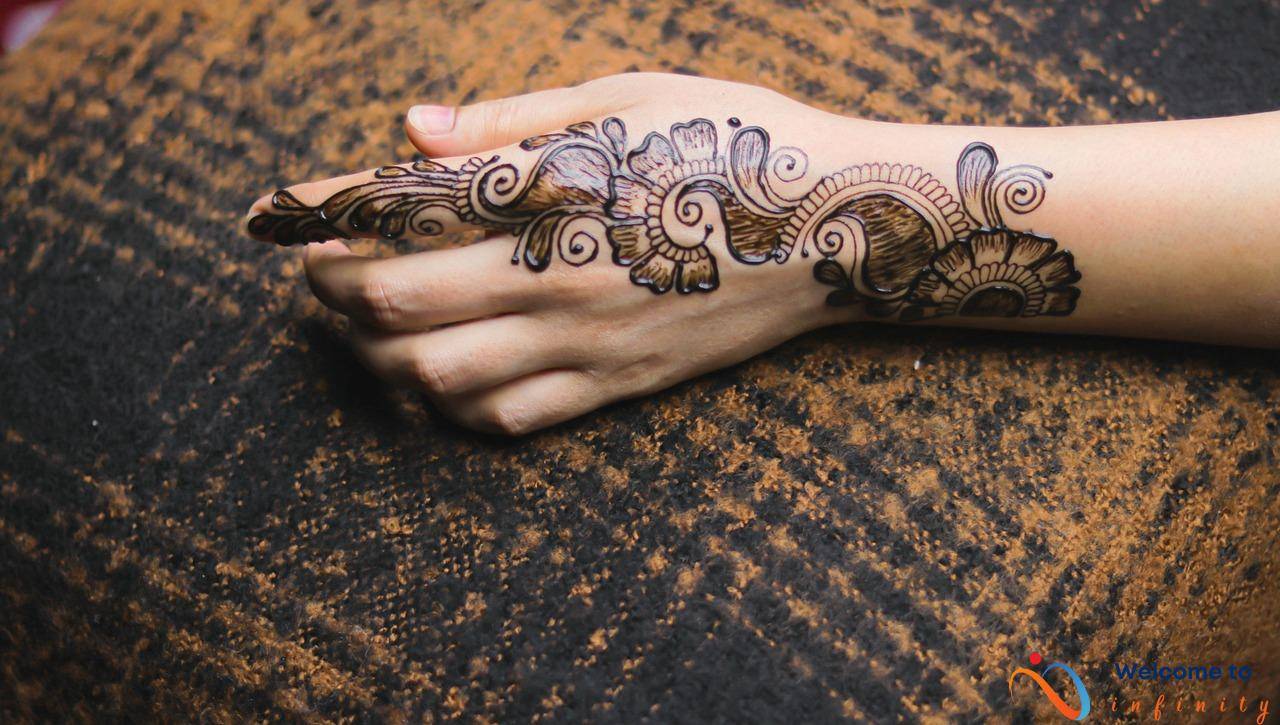Anatomical tattoos are a trend that's been on the rise in recent years. These tattoos celebrate the beauty and intricacy of the human body, while also reflecting a growing interest in science and medical knowledge. What makes anatomical tattoos unique is their ability to create stunning and detailed designs that showcase the inner workings of the body in a way that's both beautiful and educational.
These tattoos have been popular throughout history, with examples dating back to ancient civilizations. In contemporary tattoo culture, they've become increasingly popular as people seek to express themselves in unique and unconventional ways. Anatomical tattoos allow individuals to celebrate their bodies and express their appreciation for the complexity of the human form.
One of the reasons these tattoos have gained popularity is their ability to be deeply meaningful for individuals. They can symbolize everything from personal triumphs and struggles to medical conditions and disabilities. For some, these tattoos are a way of challenging traditional beauty standards and celebrating their bodies in all their intricacy and imperfection.
Another significant aspect of anatomical tattoos is their potential to provide representation and empowerment for those with medical conditions and disabilities. These tattoos can serve as a symbol of resilience and strength, helping individuals reclaim their bodies and identities in the face of adversity.
Overall, the popularity of anatomical tattoos reflects a growing appreciation for the beauty and complexity of the human body. Whether used to symbolize personal meaning or as a form of artistic expression, these tattoos serve as a reminder of the stunning intricacy and inner workings of our bodies, and the limitless potential for creativity and self-expression that they offer.
The Rise of Anatomical Tattoos
Anatomical tattoos have a rich history that can be traced back to ancient times, where they were used to depict the human body's inner workings. These traditional tattoos were typically seen on healers, medicine men, and women, who were revered for their understanding of the body's intricate systems and structures. In the late 19th and early 20th centuries, anatomical tattoos also became popular among sailors as symbols of protection and guidance.
In contemporary tattoo culture, anatomical tattoos have seen a resurgence in popularity. They are sought after for their intricate detail, bold designs, and symbolic significance. These tattoos celebrate the beauty of the human body's inner workings, honoring the complexities and mysteries of life.
One of the reasons for their growing popularity is the advancement of tattooing technology and techniques. With finer needles and more detailed machines, tattoo artists are able to create more intricate designs that accurately depict the human body's inner workings. Additionally, many artists are now specializing in anatomical tattooing, pushing the boundaries of what is possible with this art form.
Another reason for their popularity is the rise of body positivity and the push to challenge traditional beauty standards. Anatomical tattoos allow individuals to celebrate their bodies, including imperfections and scars, as a form of artistic expression. They can also be a form of representation and empowerment for those with medical conditions and disabilities, providing a sense of pride and ownership in their bodies.
- Overall, the rise of anatomical tattoos can be attributed to a growing appreciation for the intricate beauty of the human body's inner workings, as well as the advancement of tattooing technology and techniques.
- In addition to their aesthetic appeal, these tattoos also hold significant symbolic and personal meaning for individuals, challenging beauty standards and empowering those with medical conditions and disabilities.
The Beauty of Inner Workings
Anatomical tattoos have become increasingly popular in recent years, and for good reason. These tattoos celebrate the intricate systems and structures of the human body, showcasing the beauty found within our inner workings. Whether it's a depiction of the circulatory system, the nervous system, or the skeletal system, these tattoos showcase the artistry involved in depicting them.
For many people, anatomical tattoos represent a way to celebrate the human body in a unique and meaningful way. By placing a permanent representation of our inner workings on our skin, we can pay homage to the intricate systems and structures that keep us alive. These tattoos are also a way to challenge traditional beauty standards, which often limit us to narrow perspectives of what is considered beautiful or desirable.
In addition to being aesthetically pleasing, anatomical tattoos can also be a form of empowerment and representation for those with medical conditions or disabilities. For instance, someone who has undergone surgery or treatment for a specific condition may choose to get a tattoo that represents that area of their body. This can be a way to reclaim ownership over their body and showcase their resilience in the face of adversity.
Creating a detailed anatomical tattoo requires a high level of technical skill and artistry. A skilled tattoo artist must understand the intricate structures and systems of the body and be able to recreate them on a small scale. This often involves using color and shading to bring depth and realism to the design. Anatomical tattoos can also be a way for tattoo artists to showcase their creativity and push the boundaries of what is considered possible in tattoo art.
Overall, anatomical tattoos represent more than just a trend in tattoo culture—they are a celebration of the beauty found within the human body and a way to challenge traditional beauty standards. Whether you choose to get your own anatomical tattoo as a way to celebrate your body, represent a specific medical condition, or simply because you appreciate the artistry involved, these tattoos will always be a meaningful and powerful way to express yourself.
Symbolism and Meaning
Anatomical tattoos hold a deep personal significance for many individuals who choose to adorn their body with them. For some, these tattoos represent the beauty of the inner workings of the human body and a celebration of its complexity. Others find in these tattoos a means of challenging traditional beauty standards and embracing non-traditional concepts of beauty.
Anatomical tattoos can also hold a special meaning for individuals with medical conditions or disabilities. For example, a tattoo of a specific organ or body part may represent a personal connection to a medical condition or a reminder of overcoming a health challenge. In this way, these tattoos can be a form of representation and empowerment for those who have struggled with medical issues.
Furthermore, anatomical tattoos can often be a symbol of personal identity or pride. These tattoos may depict a favorite organ or body part, or serve as a visual representation of one's own unique physical makeup. For others, these tattoos may simply be a way of embracing the beauty and intricacy of the human form.
Overall, anatomical tattoos can hold a variety of personal significance for individuals. Through their unique and intricate designs, these tattoos have the ability to challenge conventional ideas of beauty and celebrate the complexity of the human body.
Representation and Empowerment
Anatomical tattoos can be much more than just a beautiful piece of body art. For some, they can serve as a form of representation and empowerment, especially for those living with medical conditions or disabilities.
One of the ways in which anatomical tattoos can serve as representation is by depicting the specific body part or system that has been affected by a medical condition or injury. For example, someone who has undergone a mastectomy may choose to get a tattoo of a reconstructed breast or the breast cancer awareness ribbon. Similarly, someone living with Crohn's disease may choose to get a tattoo of an intestinal tract to show solidarity with others in the same situation.
Additionally, anatomical tattoos can be empowering for individuals who may feel marginalized or disconnected from their own bodies due to medical conditions or disabilities. By depicting the beauty and complexity of the body's inner workings, these tattoos can serve as a reminder of the individual's strength and resilience.
Furthermore, anatomical tattoos can also challenge societal beauty standards and promote body positivity. For those with visible medical conditions or disabilities, getting a tattoo of the affected body part can be a way of reclaiming their autonomy and self-worth.
In conclusion, anatomical tattoos can hold deep personal significance beyond their aesthetic appeal. For those living with medical conditions or disabilities, these tattoos can provide representation, empowerment, and a sense of pride in their bodies.
The Medical Perspective
While anatomical tattoos are often a form of artistic expression, they also have the potential for practical medical benefits. These tattoos can serve as a tool for patient education, allowing individuals to better understand the inner workings of their own bodies. Surgeons can also benefit from anatomical tattoos, using them as a guide to visually navigate complex surgical procedures.
For example, a surgeon preparing for a knee replacement surgery may use a tattooed image of the knee joint to better visualize the location and orientation of different structures within the joint. This can improve the accuracy of the procedure and reduce the risk of complications. Similarly, tattoos depicting organs or bodily systems can assist in the diagnosis and treatment of medical conditions.
In addition to their role in medical practice, anatomical tattoos can also promote and support medical research. Tattoos depicting various diseases and conditions can aid researchers in studying the effects of these illnesses, potentially leading to new insights and advancements in treatment.
Overall, anatomical tattoos have the potential to serve a practical purpose in addition to their aesthetic value. They have the ability to educate patients, assist medical professionals, and contribute to the advancement of medical knowledge.
Types of Anatomical Tattoos
If you're interested in anatomical tattoos, you'll be happy to know that there are a variety of different designs to choose from. One popular type of anatomical tattoo depicts various organs in intricate detail. These tattoos can range from a simple black and white depiction of a heart or lungs to a colorful and highly detailed design that includes multiple organs.
Another type of anatomical tattoo showcases the skeletal structure of the body. These designs can include a full skeleton or a specific part of the body, such as the spinal column or skull. Depending on the design, these tattoos can be highly realistic or more abstract.
For those who are interested in a more complex and abstract design, nervous system tattoos may be a good choice. These tattoos depict the complex network of nerves that run through the body and can include images of the brain, spinal cord, and other nerve clusters. These designs often include a lot of detail and require a skilled artist to execute them properly.
Overall, anatomical tattoos are a versatile and meaningful way to showcase the intricate beauty of the human body. With a variety of design options available, there's something for everyone interested in this unique and beautiful tattoo style.
The Art of Anatomical Tattoos
Anatomical tattoos are not just about paying tribute to our body's internal workings, but also about celebrating technical skill and creativity. When it comes to creating detailed anatomical tattoos, it takes more than just a steady hand. Tattoo artists who specialize in this kind of work need to have a deep understanding of the human anatomy, which they then translate into detailed and artistic depictions onto the skin.
The artistry of anatomical tattoos is not limited to the use of black ink. In fact, many artists use color and shading to create depth and texture, bringing the designs to life. Some even incorporate other elements, such as flowers or butterflies, to add a beautiful contrast between the natural and man-made. This level of creativity requires an artist with advanced technical tattooing skills.
The careful selection of color is particularly important when it comes to anatomical tattoos. For example, reds and yellows are often used in depictions of organs like the heart, while blues and purples are favored for the veins and arteries. Bringing these colors to life takes a great deal of skill and experience.
It is no surprise, then, that some of the most creative and talented tattoo artists specialize in anatomical tattoos. Mastering this type of tattooing doesn't just require knowledge of the body's inner workings, but also the skills of a true artist.
The Future of Anatomical Tattoos
The world of tattoo art is constantly evolving, and anatomical tattoos are no exception. As medical knowledge advances and technology improves, the possibilities for anatomical tattoo designs are growing.
One potential trend in anatomical tattoos is the integration of technology. Imagine a tattoo that is not just static ink on skin, but rather a living, moving image that responds to changes in the body. With advancements in augmented reality and biosensors, this type of tattoo could become a reality.
Another future development in anatomical tattoo art is the use of 3D printing technology. This could allow for incredibly detailed and intricate designs that are not possible with traditional tattooing methods. It could also allow for more accurate representations of specific medical conditions or personalized organs for transplant purposes.
As medical knowledge advances, anatomical tattoos could become even more nuanced and detailed. They could be used to educate patients on specific conditions, or to promote awareness and advocacy for certain health issues. They could also be used in medical simulations to help train medical professionals.
Overall, the future of anatomical tattoos is bright and exciting. As technology and medical knowledge continue to advance, the possibilities for these intricate and meaningful works of art are endless.










